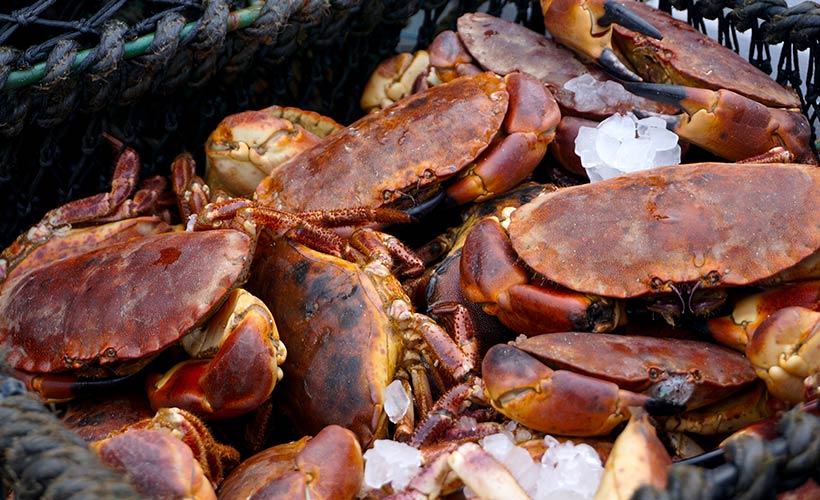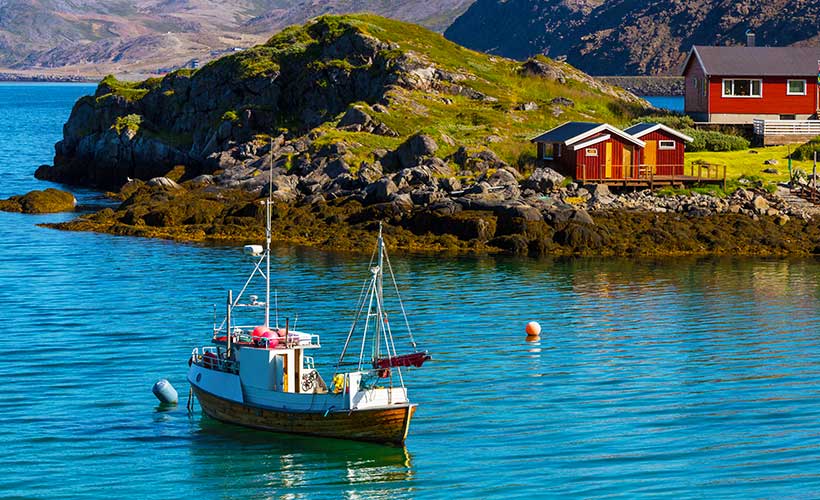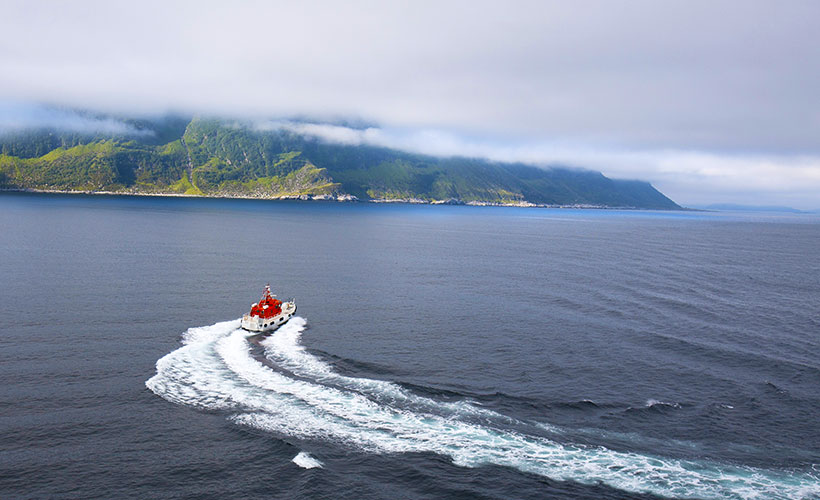What is Sustainable Fishing and Why is it Important?

You probably know that sustainable fishing is important to the future of our waters and the flora and fauna that exist within them. But do you know why?
First off, let us discuss what the term ‘sustainable fishing’ means.
The Marine Stewardship Council (MSC) describes the practice as fishing while “leaving enough fish in the ocean and protecting habitats and threatened species.”
Destructive Fishing = Short-Term Thinking
We live in a world where demand and economics often determine the decisions.
However, responding to demand without having a keen eye on the future can leave our natural resources greatly depleted. We have seen this time and time again.
The long-term impacts greatly outweigh the brief economic benefits that come from destructively responding to demand.
In fishing terms, demand-driven actions translate into the mismanagement of fish stocks and the use of invasive methods. Methods that affect the waters’ ecosystem. This then causes environmental issues such as the ability of different species to reproduce and survive. Even further, it affects the future of people who rely on fishing for their livelihoods.
The idea behind sustainable fishing is to react to demand for fish and other seafood without depleting the number of species beyond repair or damaging the local ecosystem and climate.
What Do the Experts Say?
The MSC is a non-profit organization that sets a standard for sustainable fishing within our oceans. Their standard is based on three principles.
The first principle is based on fish stocks. It is about ensuring that there are enough fish left for a species’ population to continue to thrive. The second principle is based on the environmental impact fishing is having on an area. Last but not least, the third focuses on effective fisheries management.
The United Nations’ Food and Agriculture Organization (FAO) also champions sustainable fishing. They claim: “Unsustainable fishing practices put at risk the long-term viability of fisheries and livelihoods of fishers and fishing communities, which depend upon them.”
Another intergovernmental marine science organization is The International Council for the Exploration of the Sea (ICES). It provides decision-makers with evidence on the importance of sustainable practices with our seas and oceans. ICES believes that sustainable fishing will contribute to the “world’s oceans teeming with life, and seafood supplies safeguarded for this and future generations.”
It is clear that the experts view sustainable fishing as the way forward for this industry.
What Are the Advantages of Sustaibable Fishing?

Do you need further proof that sustainable fishing is the way forward? Then look through the below list of just some of the ways it will help us all.
It Protects Ecosystems
The most obvious advantage to sustainable fishing is that it respects the flora and fauna that exist within our waters.
With this practice, we protect marine ecosystems and give fish stocks a chance to reproduce. That is, to reproduce at a faster rate than we remove them from the seas and oceans.
Sustainable fishing also helps reduce the amount of by-catch — an instance where fish that haven’t reached maturity, hold no value, or are endangered, are taken out of the water.
It Reduces Waste & Protects The Climate
Sustainable fishing greatly minimizes waste.
In fact, it is an activity that is constantly looking for ways it can improve on this front. Whereas some forms of traditional fishing don’t focus on environmental factors at all. With sustainable fishing, there is also lesser involvement of harmful chemicals and the energy consumption is also minimal wherever possible.
More destructive methods, such as trawling, use the likes of chlorofluorocarbons (CFCs) and hydrochlorofluorocarbons (HCFCs), which affect our atmosphere.
It Ensures Future Economic Benefits
Sustainable fishing is a job-generating machine. It allows for species and aquaculture to thrive for generations, rather than depleting the resources to make quick earning. This creates jobs and contributes to the economy for a much longer time period than destructive fishing does.
The fact that sustainable small-scale fisheries account for two-thirds of all catches humans end up eating speak for themselves.
This is further echoed by the statistic that 90% of the global fishing industry is employed in sustainable artisanal fishing.
What Is Norway Doing?

When it comes to sustainable fishing, it is hard to argue against the fact that Norway is a leading light.
For instance, in 1987, it became the first country in the world to introduce a discard ban.
That wasn’t the only key change the country put into effect in the late 80s. It also issued the Marine Resource Act — a law ensuring the survival of its stocks of herring and cod.
In more recent times, Norway ratified laws to make unsustainability in fisheries illegal. Furthermore, it works alongside the Institute of Marine Research to ensure that no one exploits its natural resources.
Norwegian fishing communities only use specified equipment and are encouraged to only catch suitable stock. The Norwegian Coast Guard also spends the majority of its time and resources on ensuring people obey the regulations. Thus, making sure these ecosystems will be there for future generations.
Sustainability for the Future
To answer the questions from the beginning of this article, sustainable fishing is the practice of ensuring humans respect seafood stocks and the environment around them.
The crux of the matter is that not only is sustainable fishing important to the future of our oceans and seas, it is also essential for our cultures, our economies, and our climate.
